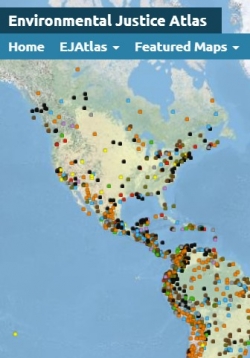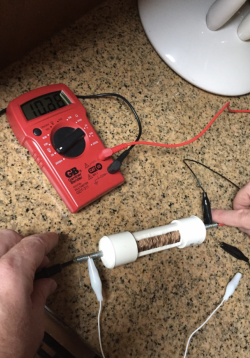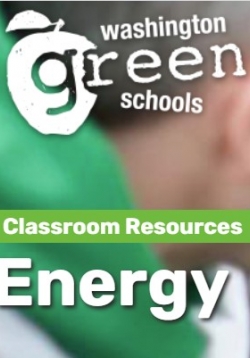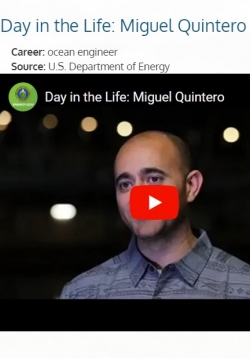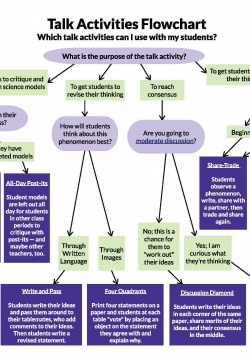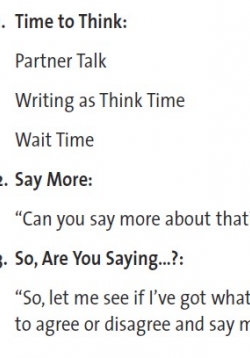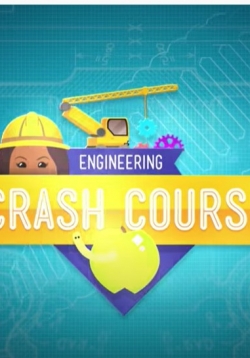
A series of dozens of videos on science and engineering concepts and applied issues, as well as dives into the history of science concepts and engineering breakthroughs. These videos are generally most useful at the high school level due to vocabulary and concepts, but many are accessible at middle and upper primary levels. These videos generally do not include critical analyses of the field and its impacts. The Crash Course Engineering series is one of dozens of Carash Course series by PBS Digital Media.


